Some advertising signs on Vinh Son street, Hoang Hoa commune (illustrative photo).
According to Article 18 of the 2012 Law on Advertising, advertising signs must have content expressed in Vietnamese, except for cases of trademarks, slogans, brands, proper names in foreign languages or internationalized words that cannot be replaced by Vietnamese. In cases where both Vietnamese and foreign languages are used on the same advertising product, the size of the foreign text must not exceed 3/4 of the size of the Vietnamese text and must be placed below the Vietnamese text.
That is the rule, but in reality, for a long time, the situation of advertising signs violating the regulations on the display of writing on signs has been common. Even ignoring the provisions of the law, many people still abuse foreign languages on advertising signs.
Just take a walk around the busy business streets such as Le Hoan, Tran Phu, Cao Thang, Truong Thi (Hac Thanh ward), it is not difficult to see the image of advertising signs of all sizes, big and small, with prominent lines of text in foreign languages. The "foreign" mentality makes the signs, although in both languages, the Vietnamese is often overwhelmed in size, color, font, and there are even many signs with 100% of foreign text.
Ms. Le Thi Ha, a resident on Truong Thi Street, shared: "Although I have lived in this area for many years, there are billboards completely in foreign languages, making it inconvenient for me to not fully understand the meaning of the words on them."
In rural areas, the situation of signs abusing foreign languages is also appearing more and more. In recent years, on Vinh Son street (Hoang Hoa commune), many businesses have sprung up with the types of food and beverage businesses, fashion and beauty shops. It is noteworthy that most of the advertising signs here are in foreign languages, the most common being English. According to the explanation of many business owners, they made such signs to create prominence, to impress, to arouse the curiosity of customers, especially in the case that their target customers are young people who know English...
The situation of foreign language advertising signs being rampant, violating the provisions of the Advertising Law, is not new but has existed for a long time. It must be affirmed that the parallel use of two languages on signs creates favorable conditions for foreigners, and at the same time helps businesses easily approach this group of customers. However, if stores overuse foreign language signs, causing them to "overwhelm" Vietnamese signs, it will create linguistic confusion, loss of aesthetics, and affect the preservation of the identity and purity of the Vietnamese language.
A sign on Truong Thi Street, Hac Thanh Ward.
Lawyer Vu Van Tra (Son Tra Law Company Limited under the Thanh Hoa Provincial Bar Association) said: Since 2012, the law has had regulations on advertising activities, which clearly states that the content on advertising signs must be clearly expressed in Vietnamese. Article 34 of the 2012 Advertising Law stipulates that signs for organizations and individuals engaged in production and business activities must have the following contents: Name of the direct governing body (if any), name of the production and business establishment according to the business registration certificate, address, and phone number. The display of writing on signs must comply with the provisions of Article 18 of this law. The size of signs is specifically regulated: For horizontal signs, the maximum height is 2m, the length must not exceed the width of the house front; for vertical signs, the maximum width is 1m, the maximum height is 4m but must not exceed the height of the floor where the sign is located. Signs must not block emergency exits or fire escapes; must not encroach on sidewalks or roads, or affect public traffic. The placement of signs must comply with the provisions of the Advertising Law and technical standards issued by competent authorities. On June 16, 2025, the National Assembly passed the Law amending and supplementing a number of articles of the Advertising Law. However, the provisions on the language of outdoor advertising signs remain unchanged.
Regarding sanctions, Article 48 of Decree 38/2021/ND-CP dated March 29, 2021 of the Government regulating sanctions for administrative violations in the field of culture and advertising also stipulates the following acts: Incorrectly or incompletely writing the name in Vietnamese on the signboard; not writing in Vietnamese but only in foreign languages on the signboard; displaying the proper name, abbreviation, international transaction name in foreign languages above the Vietnamese name on the signboard; displaying the name, abbreviation, international transaction name in foreign languages with a font size exceeding 3/4 of the Vietnamese font size on the signboard... will be fined from 10 to 15 million VND. The above fine is applied to individuals, for organizations it is twice the fine for individuals, in addition to forcing the removal of the signboard for violations.
Sanctions in the field of advertising are quite clear, but it is worth noting that the handling of behaviors seems to have not yet received the attention, strict and drastic control from the authorities, which has led to the situation of "everyone doing their own thing", competing to display "foreign" signs.
It is time to rectify and supervise more closely so that advertising signs comply with the provisions of the Advertising Law and other relevant regulations, in accordance with the space, architecture and landscape of the streets, thereby orienting the outdoor advertising environment to become more civilized and rich in cultural identity.
Article and photos: Viet Huong
Source: https://baothanhhoa.vn/bien-hieu-quang-cao-bang-tieng-nuoc-ngoai-nbsp-giam-sat-de-thuc-hien-dung-luat-253873.htm


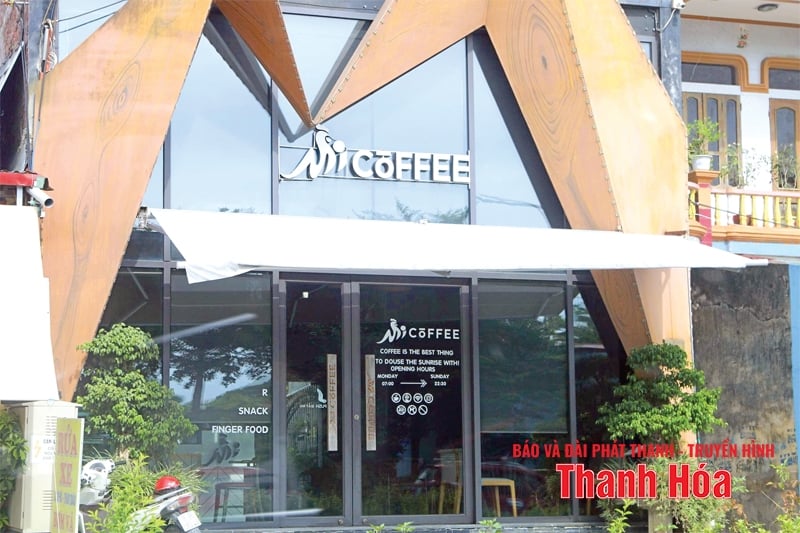
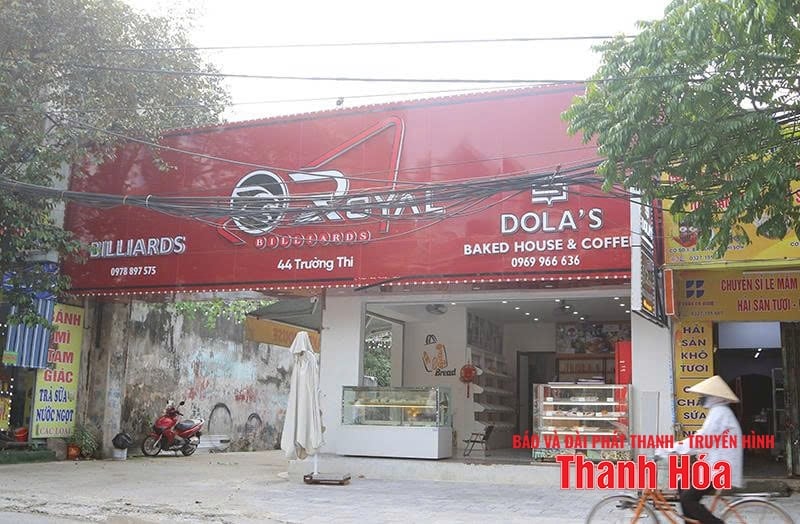


![[Photo] Prime Minister Pham Minh Chinh attends the World Congress of the International Federation of Freight Forwarders and Transport Associations - FIATA](https://vphoto.vietnam.vn/thumb/1200x675/vietnam/resource/IMAGE/2025/10/08/1759936077106_dsc-0434-jpg.webp)


![[Photo] Prime Minister Pham Minh Chinh inspects and directs the work of overcoming the consequences of floods after the storm in Thai Nguyen](https://vphoto.vietnam.vn/thumb/1200x675/vietnam/resource/IMAGE/2025/10/08/1759930075451_dsc-9441-jpg.webp)








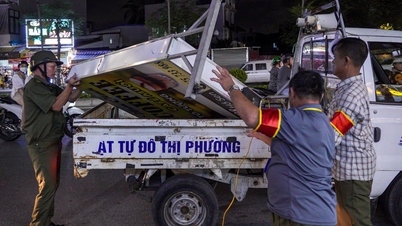










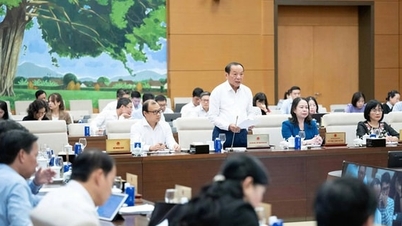










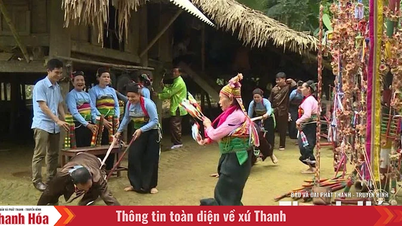







































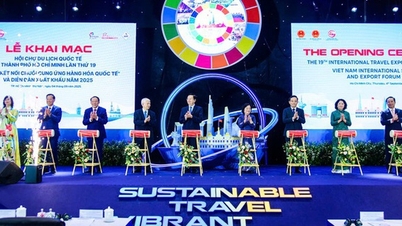









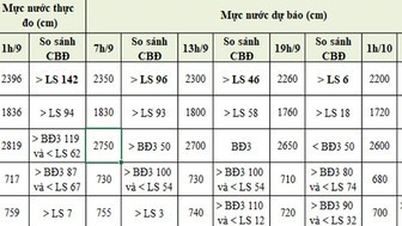

















Comment (0)